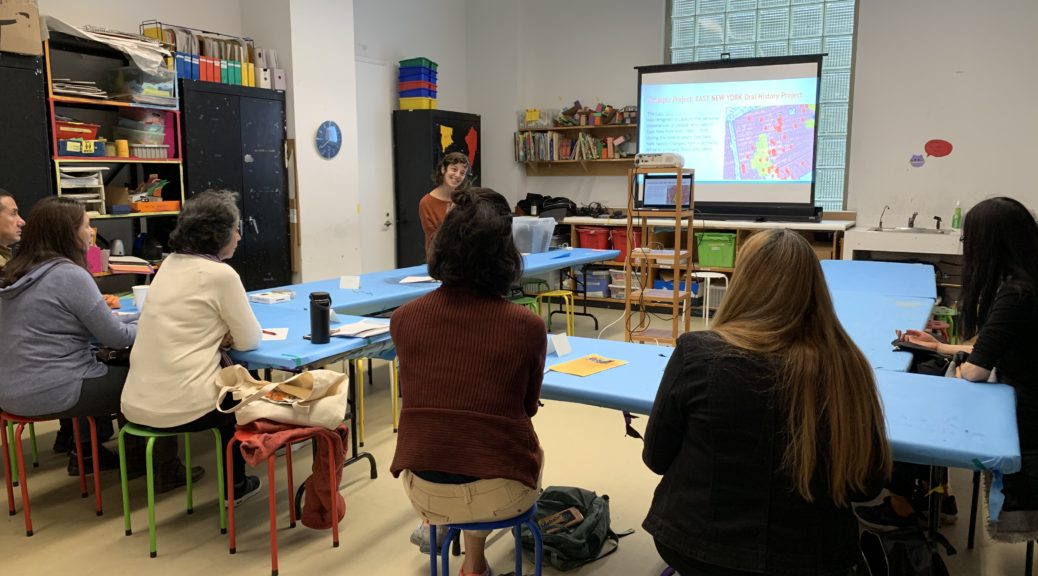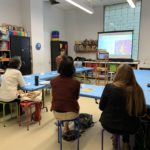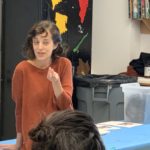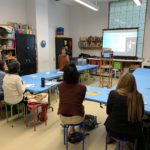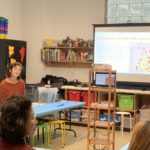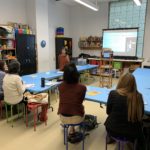Week 1
We began our first session with a discussion about storytelling and oral traditions in our lives and communities. We considered our favorite storytellers, and who we turn to when we need someone to listen. From this exercise, the group came up with some definitions of a good storyteller (someone who is open, passionate, animated, takes you into their world, keeps us eager to know what comes next, has a powerful voice) and a good listener (someone who is fully present, perceptive, patient, non-judgemental, who can see us as more than we see ourselves, who can make us feel okay sharing even if they disagree and can listen also to the silences). We did some playful exercises together to explore how we listen. We talked about oral history and community-based archives, and some creative ways that stories can make their way into the world, including local archives and radio stations, community listening parties, sound walks, art exhibitions and more. Participants brainstormed ideas for their own projects, and then we did a technical training using audio recording equipment, including a kit that will be available for participants to borrow from the museum to do interviews in the future.
Week 2
In our second session, we discussed some ways of making space for a narrator to share a story on their own terms, including open body language and fail-proof questions, and also considered how interview approaches and needs might shift based on cultural context. Participants interviewed one another, practicing some of the techniques we named and reflecting on the experience. We discussed and listened to excerpts from many community-based oral history projects created here in New York City. Participants then built out plans for their own projects, thinking about who they would like to interview, why they want to record these particular stories, and how to creatively share their projects with the world.
Educator: Chloe Zimmerman

